
Nothing but a Man is a 1964 American independent drama film starring Ivan Dixon and Abbey Lincoln, and directed by Michael Roemer, who also co-wrote the film with Robert M. Young. The film tells the story of Duff Anderson, an African-American railroad worker in the early 1960s who tries to maintain his dignity in a small racist town near Birmingham, Alabama, after he marries the local preacher's daughter. In addition to dealing with oppression and discrimination, Anderson must also come to terms with his troubled relationship with his own father, a drunk who abandoned and rejected him.

Harvey Keitel is an American actor known for his portrayal of morally ambiguous and "tough guy" characters. He rose to prominence during the New Hollywood movement, and has held a long-running association with director Martin Scorsese, starring in six of his films: Who's That Knocking at My Door (1967), Mean Streets (1973), Alice Doesn't Live Here Anymore (1974), Taxi Driver (1976), The Last Temptation of Christ (1988), and The Irishman (2019).

Yaphet Frederick Kotto was an American actor for film and television. He starred in the NBC television series Homicide: Life on the Street (1993–1999) as Lieutenant Al Giardello. His films include the science-fiction horror film Alien (1979), the science-fiction action film The Running Man (1987), the James Bond film Live and Let Die (1973) in which he portrayed the main villain Dr. Kananga, and the action comedy Midnight Run (1988) opposite Robert De Niro.

Silver Streak is a 1976 American thriller comedy film, about a murder on a Los Angeles-to-Chicago train journey. It was directed by Arthur Hiller and stars Gene Wilder, Jill Clayburgh, and Richard Pryor, with Patrick McGoohan, Ned Beatty, Clifton James, Ray Walston, Scatman Crothers, and Richard Kiel in supporting roles. The film score is by Henry Mancini. This film marked the first pairing of Wilder and Pryor, who were later paired in three other films.
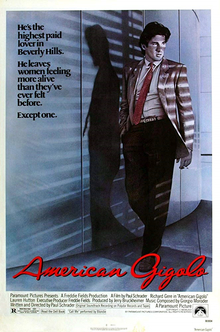
American Gigolo is a 1980 American neo-noir crime drama film written and directed by Paul Schrader, and starring Richard Gere and Lauren Hutton. It tells the story of a high-priced escort in Los Angeles (Gere) who becomes romantically involved with a prominent politician's wife (Hutton), while simultaneously becoming the prime suspect in a murder case.
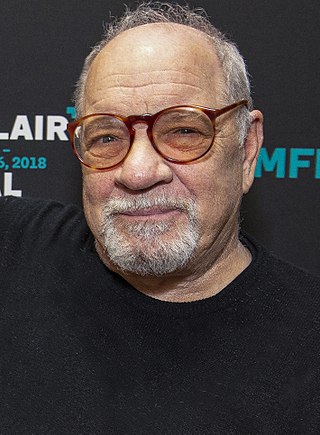
Paul Joseph Schrader is an American screenwriter, film director, and film critic. He first became widely known for writing the screenplay of Martin Scorsese's Taxi Driver (1976). He later continued his collaboration with Scorsese, writing or co-writing Raging Bull (1980), The Last Temptation of Christ (1988), and Bringing Out the Dead (1999). Schrader is more prolific as a director: his 22 films include Blue Collar (1978), Hardcore (1979), American Gigolo (1980), Mishima: A Life in Four Chapters (1985), Light Sleeper (1992), Affliction (1997), and First Reformed (2017), with the last of these earning him his first Academy Award nomination. Schrader's work frequently depicts "man in a room" stories which feature isolated, troubled men confronting an existential crisis.

Midnight Run is a 1988 American action comedy film directed by Martin Brest and starring Robert De Niro and Charles Grodin. Yaphet Kotto, John Ashton, Dennis Farina, Joe Pantoliano, and Philip Baker Hall play supporting roles.
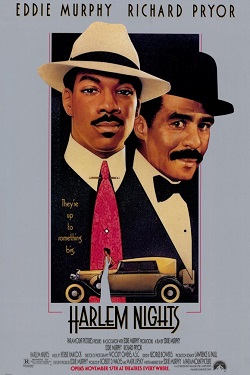
Harlem Nights is a 1989 American crime comedy-drama film starring, written, and directed by Eddie Murphy. The film co-stars Richard Pryor, Redd Foxx, Danny Aiello, Michael Lerner, Della Reese, and Murphy's older brother Charlie. The film was released theatrically on November 17, 1989, by Paramount Pictures. The film tells the story of "Sugar" Ray and Vernest "Quick" Brown as a team running a nightclub in the late 1930s in Harlem while contending with gangsters and corrupt police officials.

Drum is a 1976 American film based on the 1962 Kyle Onstott novel of the same name. It was released by United Artists and is a sequel to the film Mandingo, released in 1975. The film stars Warren Oates, Pam Grier and Ken Norton, and was directed by Steve Carver.
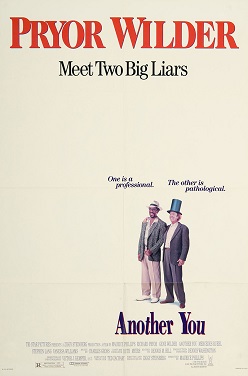
Another You is a 1991 American comedy film directed by Maurice Phillips and produced and written by Ziggy Steinberg. It stars Richard Pryor, Gene Wilder, Mercedes Ruehl, Vanessa Williams and Kevin Pollak. It was released in the United States July 26, 1991.

"Saturday Night Special" is a song by American rock band Lynyrd Skynyrd. It is the opening track on their album Nuthin' Fancy. The song addresses fatal tragedies involving guns.

Eye of the Tiger is a 1986 American action film directed by Richard C. Sarafian, and stars Gary Busey, Yaphet Kotto, Denise Galik, Seymour Cassel, William Smith, and Judith Barsi.
Lucy Saroyan was an American actress and photographer.
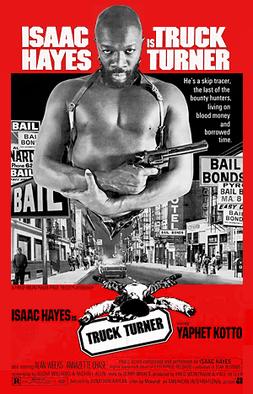
Truck Turner, also known as Black Bullet, is a 1974 blaxploitation film, starring Isaac Hayes and Yaphet Kotto, and directed by Jonathan Kaplan. The screenplay was written by Michael Allin, Leigh Chapman, and Oscar Williams. Hayes also scored the music for the soundtrack. The film was released by American International Pictures as a double feature with Foxy Brown.

Mad Dog Time is a 1996 American ensemble crime comedy film written and directed by Larry Bishop and starring Ellen Barkin, Gabriel Byrne, Richard Dreyfuss, Jeff Goldblum and Diane Lane. The film is notable for the various cameo appearances, including the first, and final film appearance by Christopher Jones in over a quarter-century.
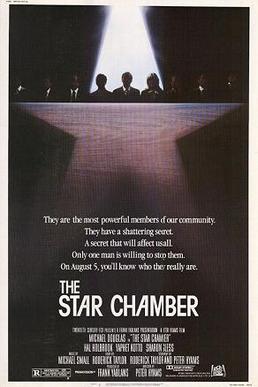
The Star Chamber is a 1983 American crime thriller film starring Michael Douglas, Hal Holbrook, Yaphet Kotto, Sharon Gless, James B. Sikking, and Joe Regalbuto. The film was written by Roderick Taylor and Peter Hyams and directed by Hyams. Its title is taken from the name of the Star Chamber, a 15th−17th-century English court.
Leonard Schrader was an American screenwriter and director, most notable for his ability to write Japanese-language films and for his many collaborations with his brother, Paul Schrader. He earned an Academy Award nomination for the screenplay he wrote for the film Kiss of the Spider Woman.
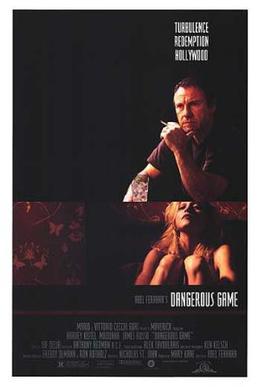
Dangerous Game is a 1993 drama film directed by Abel Ferrara, written by Nicholas St. John, and starring Madonna, Harvey Keitel, and James Russo.

Warning Sign is a 1985 American science fiction-horror film directed by Hal Barwood and starring Sam Waterston, Kathleen Quinlan, Yaphet Kotto, Jeffrey DeMunn, and Richard Dysart.

















